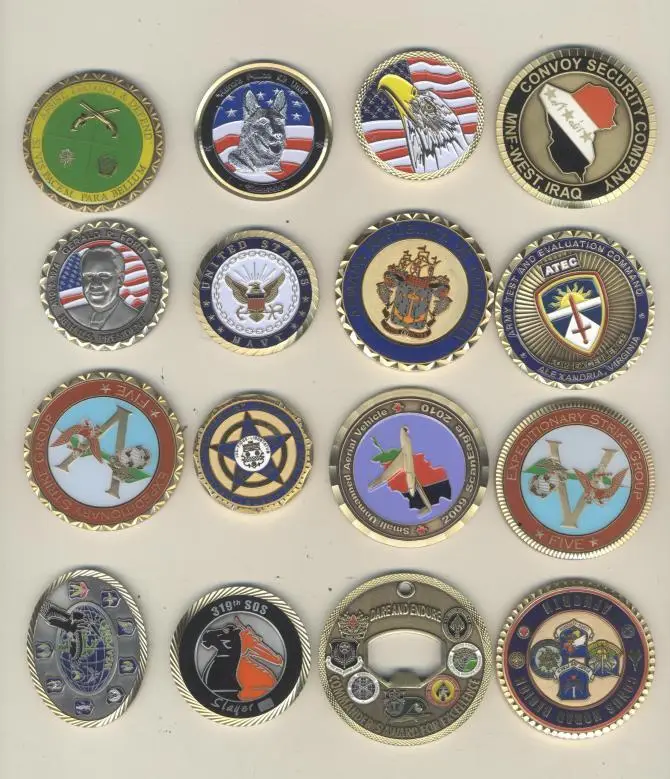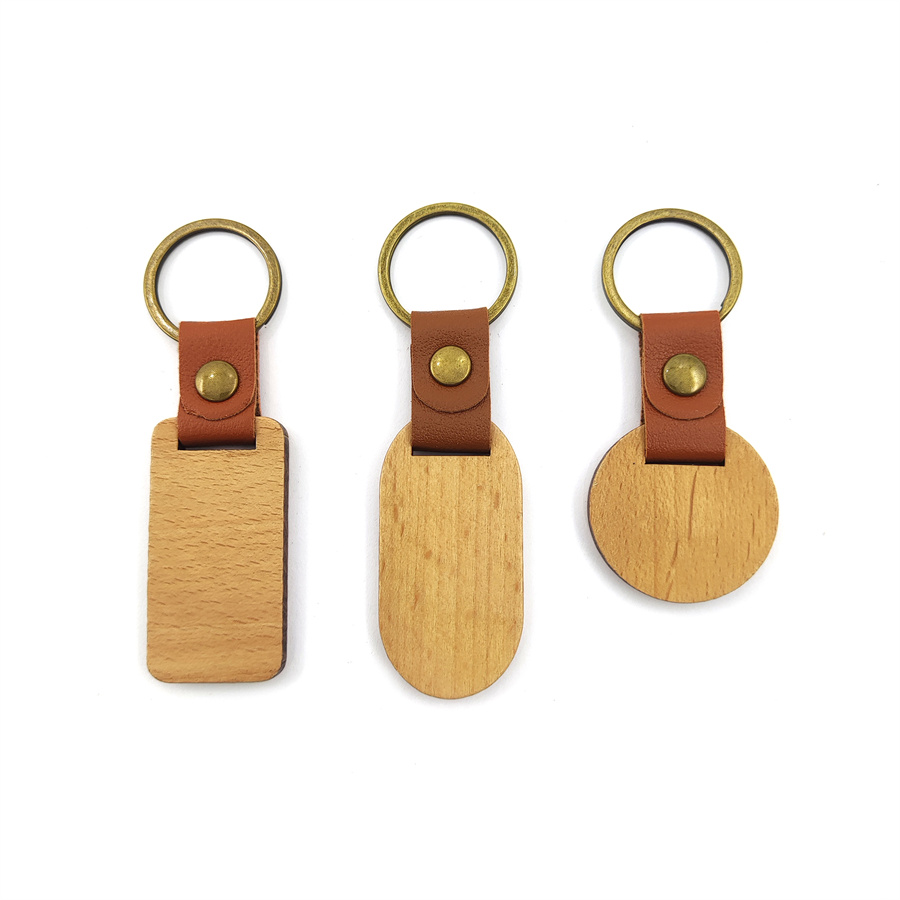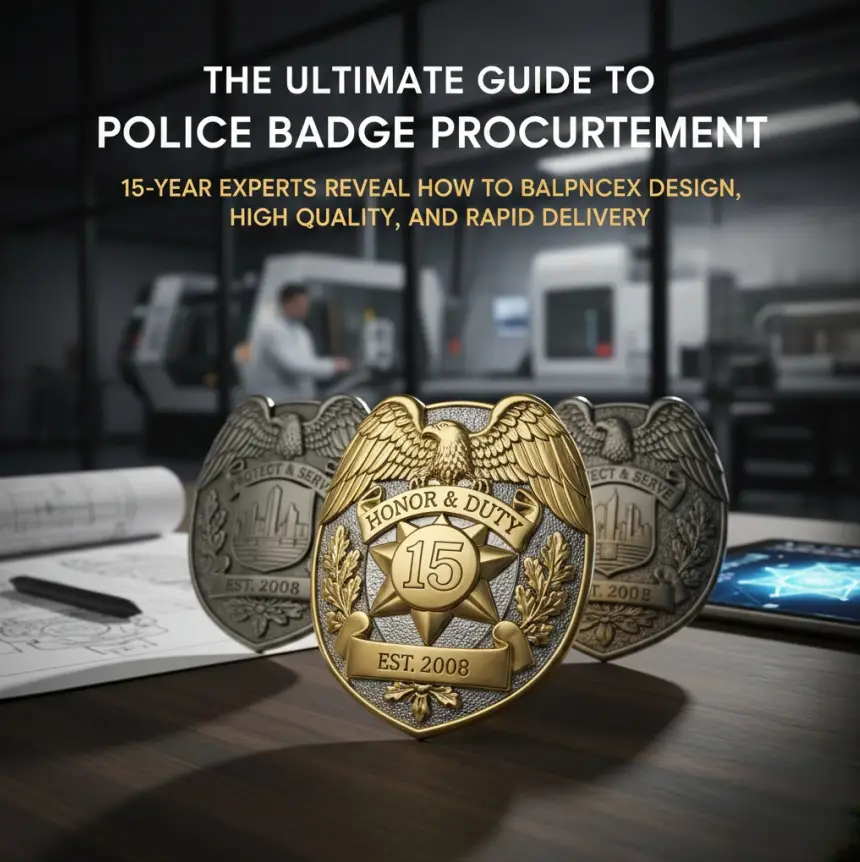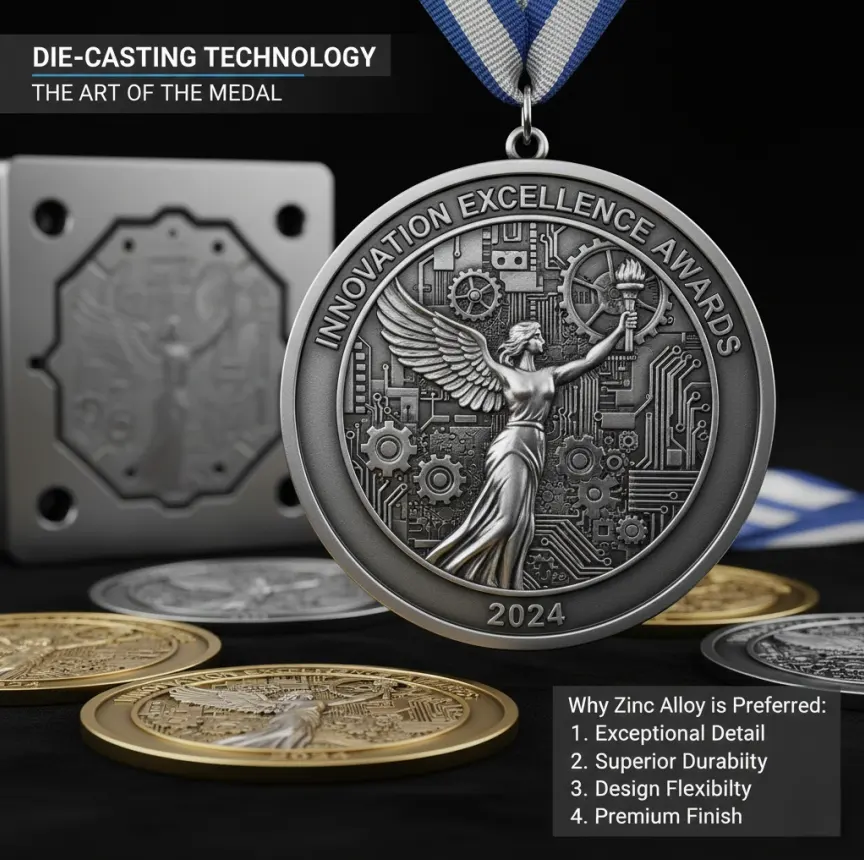How Ovens Are Used in Customs Badges Manufacturing: The Key to Durable, Vibrant Finishes
In customs badges production, ovens play a critical role in transforming wet paint into a durable, professional finish. Whether you’re crafting enamel pins, metal emblems, or 3D logo badges, the right oven ensures colors stay bright, adhesives cure properly, and the final product meets quality standards. Let’s break down how ovens are used in custom badges manufacturing—from parameters to working principles.

1. Purpose of Ovens in Customs Badges Production
The primary goal of using ovens in custom badges manufacturing is to dry and cure paint or coatings applied during the decoration process. After painting recessed areas, details, or entire badge surfaces, the wet ink or enamel needs to harden and bond with the metal base. Ovens provide controlled heat to:
• Prevent smudging: Eliminate excess moisture to avoid color bleeding or misalignment.
• Enhance durability: Cure the paint to resist chipping, fading, or scratching.
• Ensure consistency: Deliver uniform drying across batches, critical for large custom badges orders.
2. Key Parameters for Badge Drying Ovens
To achieve optimal results, custom badges ovens follow strict temperature and time settings:
Parameter Setting Purpose
Temperature 100℃ Warm enough to evaporate moisture and activate curing agents in the paint.
Time 60 minutes Sufficient duration for heat to penetrate the paint layer and bond with the metal.
3. How Ovens Work: The Heat Circulation System
Modern ovens used in custom badges manufacturing rely on a hot air circulation system to ensure even drying. Here’s how it works:
Step 1: Air Intake & Heating
• A blower motor draws in ambient air.
• The air passes through a heating element , raising its temperature to the set level (e.g., 100℃).
Step 2: Uniform Distribution
• The heated air is propelled by a fan wheel into the oven’s chamber.
• The chamber is designed with vents or ducts to distribute hot air evenly, reaching every corner of the custom badges inside—from small crevices to flat surfaces.
Step 3: Controlled Drying
• Badges are placed on racks or trays inside the oven.
• The hot air circulates for the preset time (60 minutes), gradually evaporating moisture from the paint and curing the coating.
Why Ovens Matter for High-Quality Customs Badges
Using an oven in custom badges production isn’t just about speed—it’s about quality. Poorly dried paint can lead to:
• Chipping or flaking during handling.
• Fading when exposed to sunlight or moisture.
• Uneven color distribution, ruining the design’s visual appeal.
By maintaining precise temperature and circulation, ovens ensure your custom badges look professional, last longer, and meet customer expectations.
FAQ
Q: Can I use a regular household oven for drying custom badges?
A: No—household ovens lack precise temperature control and even circulation, leading to inconsistent drying. Industrial-grade badge ovens are designed for accuracy and efficiency.
Q: What type of paint works best with oven drying?
A: Enamel paints or epoxy-based coatings are ideal—they cure reliably at 100℃ and resist yellowing over time.
Q: How many custom badges can I dry in one batch?
A: It depends on the oven size. Small ovens handle 50-100 badges per batch; larger models can process 500+ units.
Q: Do ovens affect the color of the badges?
A: No—when used correctly, ovens enhance color vibrancy by curing the paint fully. Avoid overheating (above 120℃), which may cause discoloration.
Q: Is oven drying faster than air-drying?
A: Yes—air-drying can take hours or days, while ovens complete the process in 60 minutes, making them essential for large custom badges orders.








